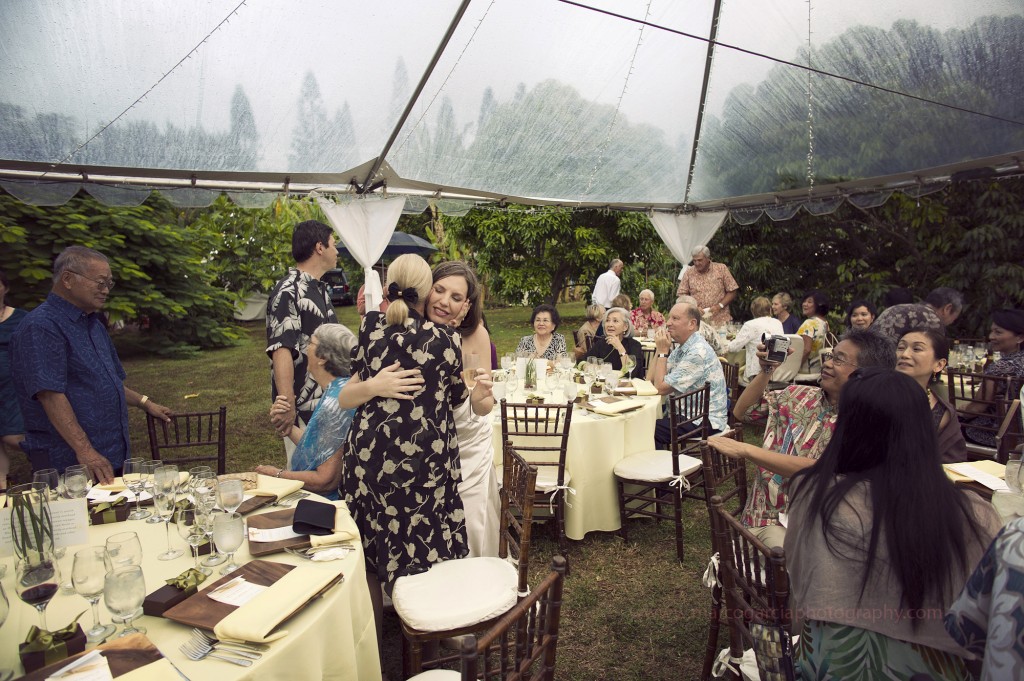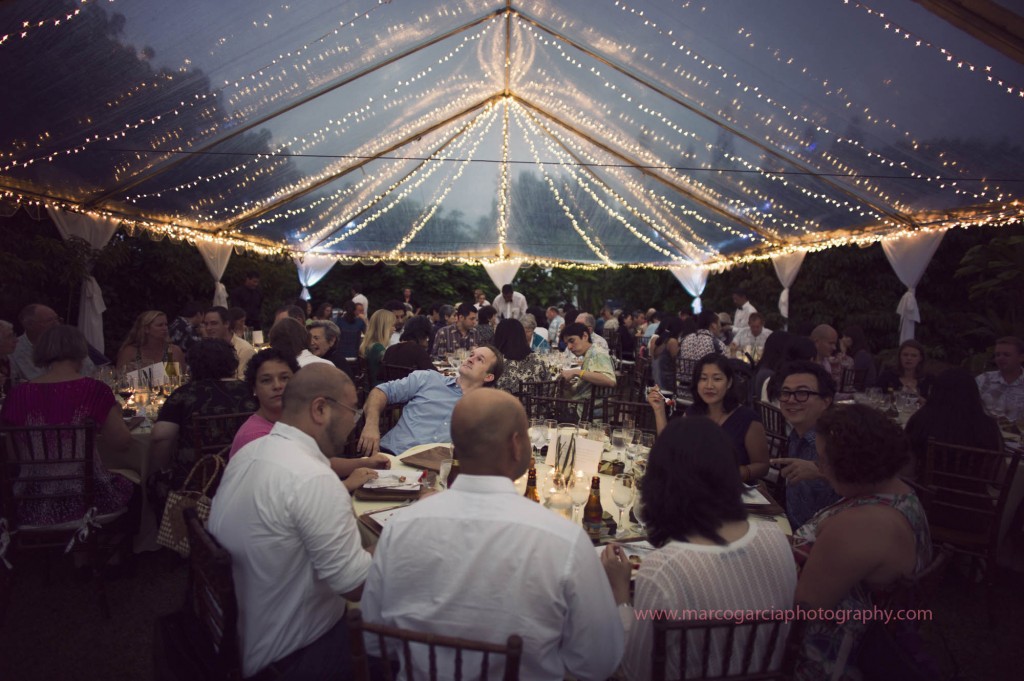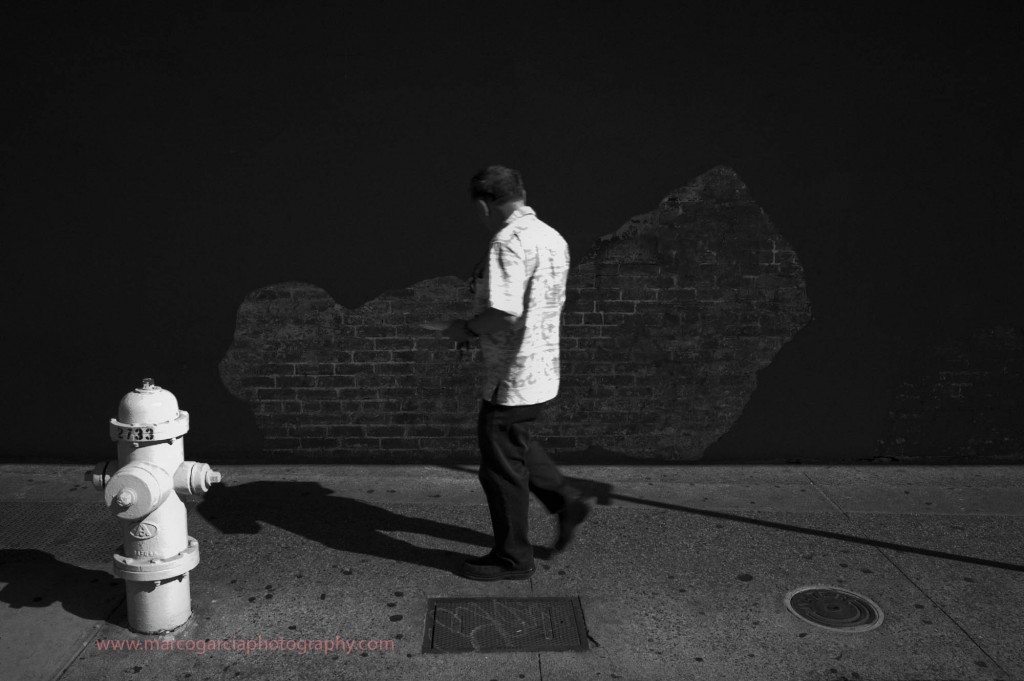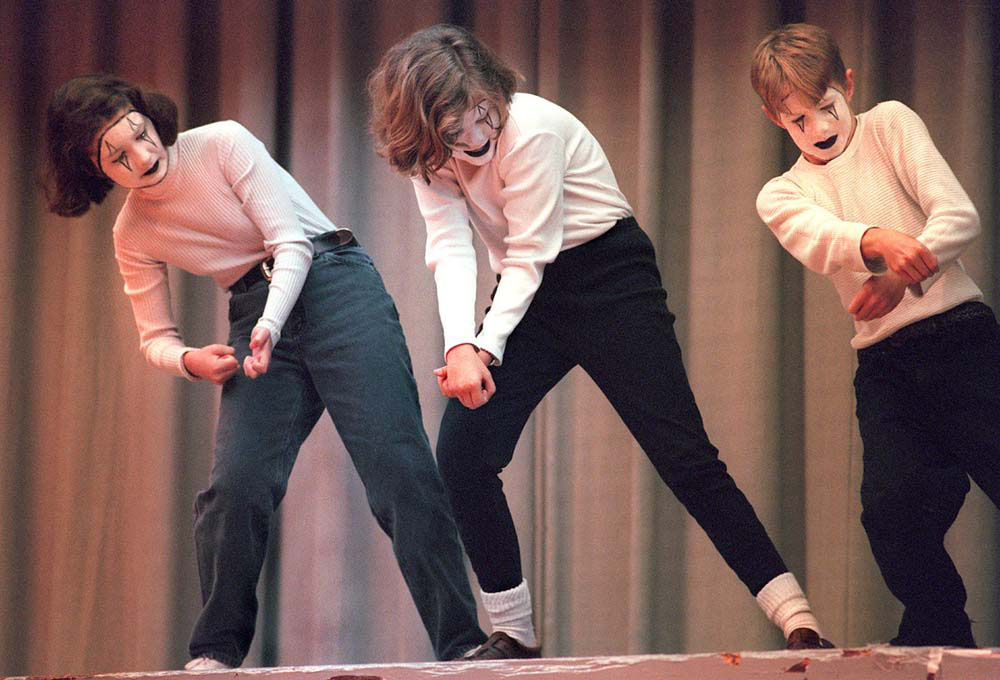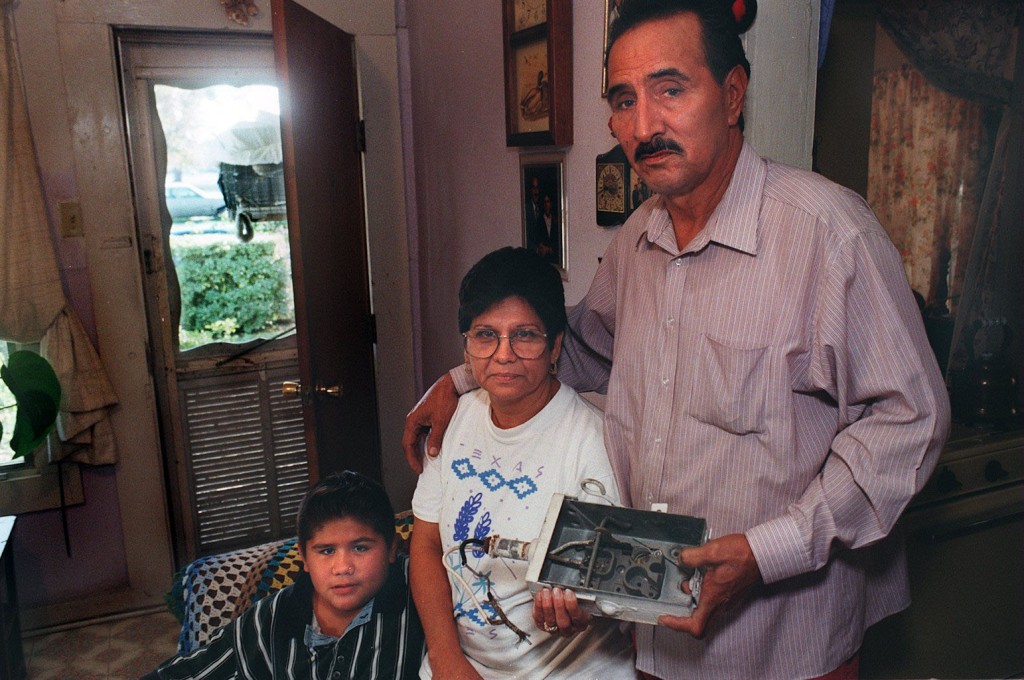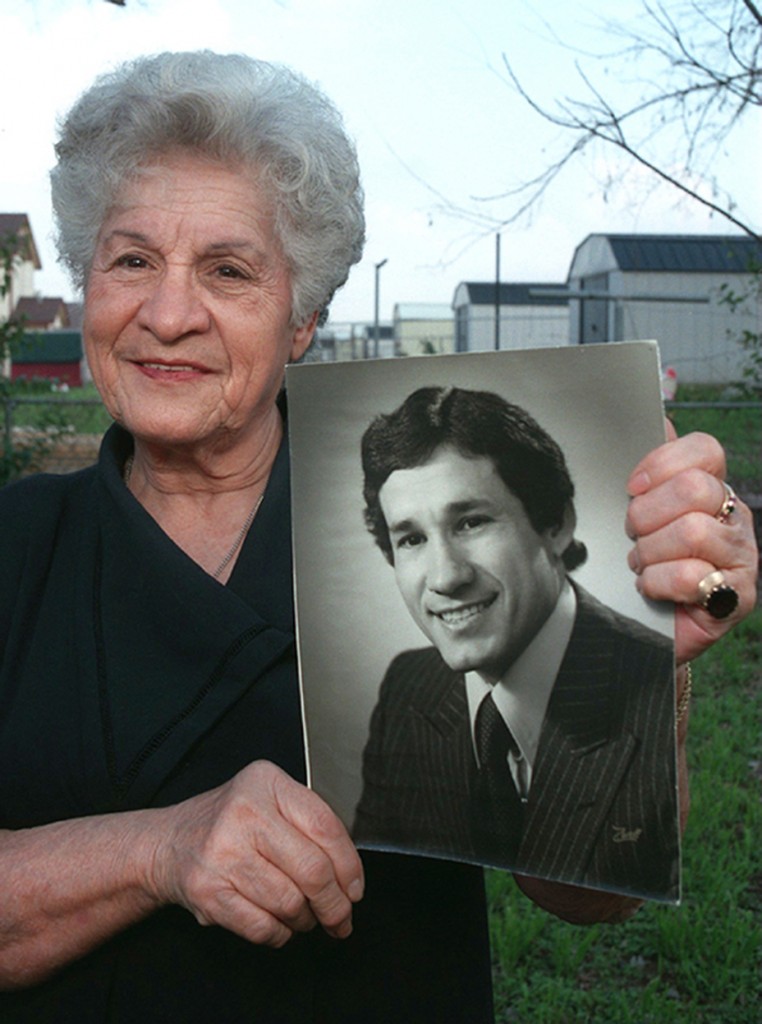
A colleague and friend here in Hawaii invited me to her wedding and, of course, the big question loomed…”Can you bring your camera and snap a photo of us?”
Sure! Audrey is a close colleague and we’ve done plenty for each. I was planning to attend her wedding to her fiancée, Mike, anyway so to bring a camera isn’t much of a stretch as it keeps me occupied. There is nothing more annoying than to sit still through an event all the while wiggling my toes, itching for something to kill the voices in my head and quell the restlessness. Why not just view it all through the port of a camera and document it as it goes down? Sounds crazy, no?
So thanks to Josh at Hawaii Photo Rental, I took out his new Leica M9 digital camera along with a brand spanking, and rare, 21mm F1.45 Summilux lens he currently rents out of his shop here in Oahu and Maui. As many of my past posts have dealt with Leica and shooting film, this would be my first time to shoot a digital Leica in a “work setting” and see how the results turn out.
Shooting with a 21mm lens might not be the ideal choice for general photography but I made it a point to really capture the “big picture.” Maybe I should rephrase that and say capturing the big and
W – I – D – E
picture as this lens really stretches the view beyond what is really expected. I’m used to shooting wide lenses but there was something uniquely different with the 21mm. My “never take off” lens on my Canons is the Canon 24-70 F2.8 lens. So the 21mm stretch isn’t all that much more but its enough to keep me on my toes and forced me to compose differently. But what I found strange about shooting such a wide lens is that you don’t really see any distortion since the Leica is a rangefinder, not a SLR. You don’t exactly see all you are going to get and the rangefinder framelines are much different.
Hence, Hawaii Photo Rental also rents out the hot shoe 21mm viewfinder that takes a bit of getting used to as you have to focus through the lens then more or less compose with the view finder; two steps that takes a bit of getting used to, especially if you are shooting at a shallow depth of field. Using the external view finder did become a bit bothersome as I am a compose, focus, and shoot type of photographer (or a combination of the two, maybe even all three put together) that I found myself being bothered by the additional step. However, it did help me see that I was cutting off feet, and missing things that I normally wouldn’t have seen, considering the 21mm extend beyond the M9 frame lines.
The one noticeable difference the lack of strong distortion on the corners with the Leica 21mm versus the Canon 24-70. Sure there was slight bending at the ends but it was much more tolerable to me than the distortion from a 24-70 on a full frame Canon body. Also, since the 21mm Summilux is a bright F1.4 lens, a noticeable vignette is apparent wide open and it is pleasingly so. The Hipstamatic app on the iPhone has a pre-programmed vignette so I don’t see how the flawed (yet perfect) optics of shooting at 1.4 on the Summilux is a bad thing. The darkness at the corners is limited though yet its quite nice as it naturally aligns the eyes to the center of the photo.
At the shop when I picked up the camera and lens, Josh did suggest I take his new 28mm F2 Summicron lens along with the Summilux but figured the difference in the focal length can be compensated. Little did I know those 7 degrees of separation would make that much of a difference!
It was my first time to shoot “a job” with the Leica M9 and I was surprised at the handling of the camera along with the files and images themselves. I won’t review the camera other than to write the camera surpassed what I expected. It is surely the Mercedes of the camera world. Lexus makes a superb car mind you but its just not German engineering.
The Leica is not a Canon or Nikon DSLR so don’t expect the camera to respond, handle or create images like they do. It is not going to auto-focus, shoot 30 frames in two seconds, or correct your mistakes when you put it on auto. In many ways, the Leica is as stupid as you. Whatever you don’t know, the camera won’t solve it for you. So if you are don’t know what the hell you are doing, don’t use it.
Hence, before you run out and rent one at Hawaii Photo Rental, remember, it takes a bit to get used to, unless you’ve shot with an M series camera in the past. When I’ve shot my M6, I find myself more careful and a bit more cautious when I snap an image. A digital body creates such a freedom away from the constraints of 36 frames and allows continuous shooting. Again the drawback I found with shooting the digital Leica is the additional editing at the end of the day. In a way, digital takes away the craft of a Leica because you know you can just keep shooting till you get the shot. With film you are actually more cautious as you are limited to >36 chances to get it right. Digital allows unlimited, uninhibited, and uninterrupted shooting.
Again to argue about the editing side of “unlimited shooting” also brings to mind the fact that I consistently overshoot with a Canon body so its really not an issue to me. I guess with a Leica, I just expect to be a bit more concise. Now if I shot with one everyday, I would have a different feel for the camera but it’s a tool that isn’t always available.
Although I doubt the original Leica was designed with Cartier-Bresson’s decisive moment in mind, the M9 does put you into a situation where you are further staring through the viewfinder. You wait….watch… compose…capture. With my DSLRs, I just shoot and hope it will be there. I am being to simplistic with my shooting style as I write this but compared to shooting with the M9, I feel like it is a much more composed and visual act. The M9 forces me to think a bit more about the art. Again, because of the nature of digital, I am shooting more in the hopes of getting the right shot when I should concentrate more and focus on that decisive moment.
A few weeks ago, when Josh got the M9, I took out the camera and played around with it in Chinatown. I think the lens was my 35mm Summilux. Now the image is nothing to spin about but I seem to have impressed Josh with the shot.
To note, all the images in this blog were taken with the Leica but were all treated by me at the end to give the look I felt the images deserved…or got stuck with…either way its a little bit of how I saw everything unfold.
